Catalan Masters of the etching
Catalan engravers between 1750 to 1950
The exhibition of the Cabinet of Graphic Arts of Palau Antiguitats proposes an anthology about the Catalan engraving on etching; a technique that, with variants, has been given a minority social importance in relation with painting but with more relevance than it looks. Between the 18th and 20th centuries etching was subscribed as graphic support for: bibliography, illustrations, cartography, ex-libris, among others supports.
With near forty artists, this exhibition brings together a group of well-known creators in this field: from the baroque Francesc Tramullas, to the achievements of “La Rosa Vera” printmakers from the middle of the 20th century (Granyer, Galí, Mompou, Humbert, Amat, Ferrant, Todó, Guinovart, Pla Narbona), thanks to the high-level editorial effort led by Jaume Pla who opened the doors of calcographic creation to plastic artists who had never taken a burin to work with. Among many names, the works of Marià Fortuny stand out, unsuspected genius of the Catalan engraving of the nineteenth century; by Joaquim Mir, who made etchings with and special sense of beauty; Xavier Nogués, get an inventor of a very personal Nucentist calcography; along with contemporary ones such as Joaquim Sunyer or Ricard Canals. The unclassifiable Pau Roig turned to rembrandtian textures and others, such as Junceda, Smith or Domingo – who published a treated on etching – are present, as well as Pablo Gargallo and Laura Albéniz. In summary, an exhibition that shows that Catalan etching is not an “anecdote” and that we should take it more seriously than we think.
Related pieces
-
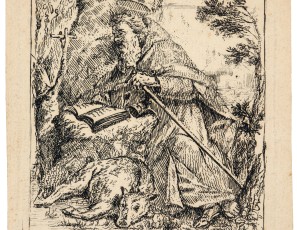
Saint Anthon
-

L’Adéu
-
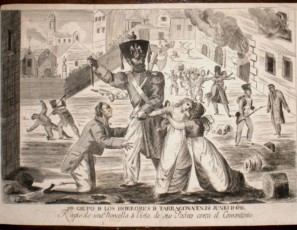
1er Grupo de los Horrores de Tarragona en 28 de Junio de 1811. Rapto de una á vista de sus Padres cerca el Cementerio
-
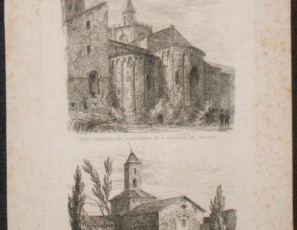
View from Monastery of St. Cugat del Vallés & the church of St. Pere en Terrassa
-

Perspectiva del arco de Triunfo que el Egercito de Cataluña (…) dedicó a S. M. la Reyna Madre (…) entrada en Barcelona el dia 4 de Marzo de 1844
-
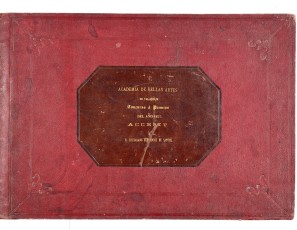
El Grabador al Aguafuerte
-
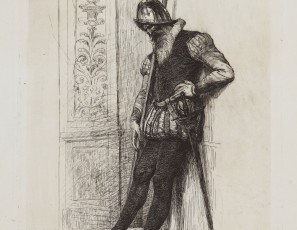
Inner guard
-

Some etchings from “El grabador al aguaferte” by Torras Armengol
-

Tanger
-
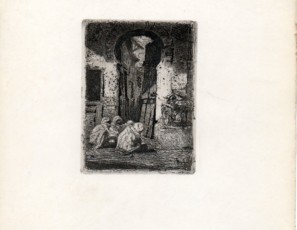
Tanger
-

Morocco’s family
-
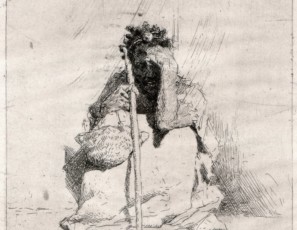
Beggar
-

Arab sitting
-

Morroco’s sitting
-

Sketch
-

An street of Sevilla
-

Muleteer
-

Muleteer
-
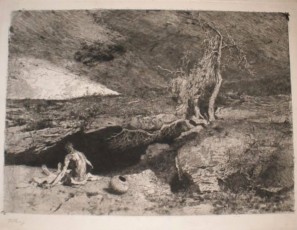
Anchorite
-

Diplomatic
-

Meditation
-
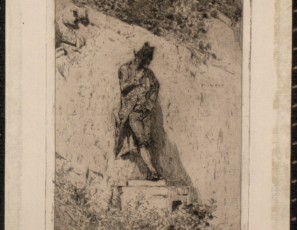
Meditation
-

Portrait of the painter Zamacois
-
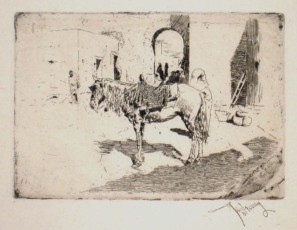
Moroccan horse
-
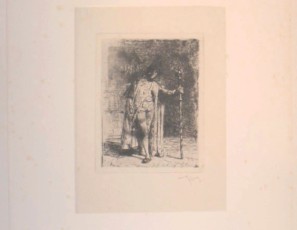
Master of cerimonies
-
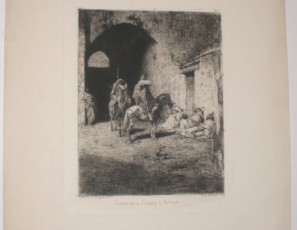
Guards from the Kasbah in Tetuan
-
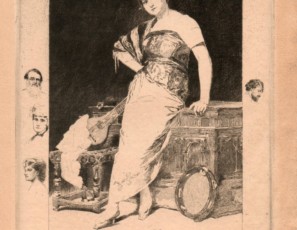
Portrait of a woman, perhaps Rosa Font, wife of the Catalan artist and engraver
-
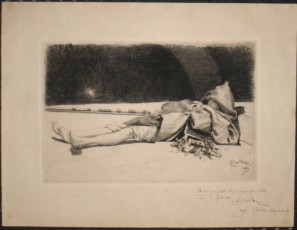
Young lying
-

Boats on channel Saint Martin
-

Three characters in a Park
-
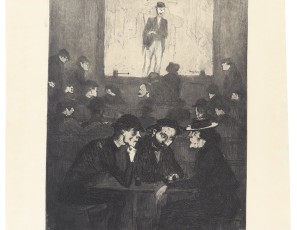
Cabaret’s scene
-
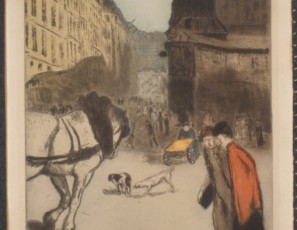
Le Rue Lepic
-
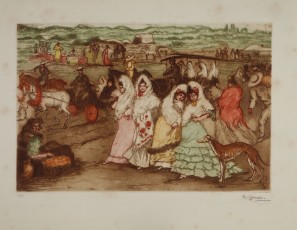
Se rendant à la fête o Promenade après la course
-
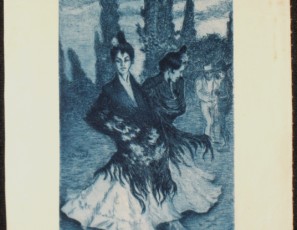
Majas
-
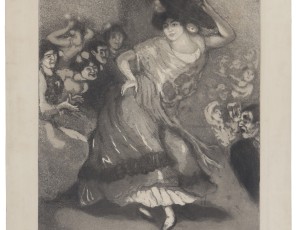
Bailaora
-
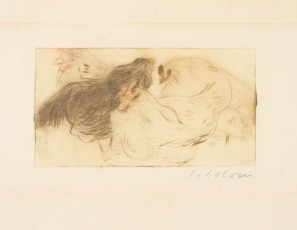
Chickens
-
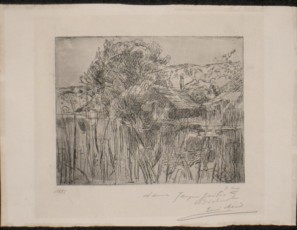
Landscape with cabin and a river
-
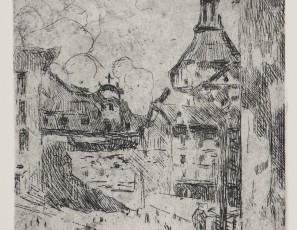
Urban landscape
-
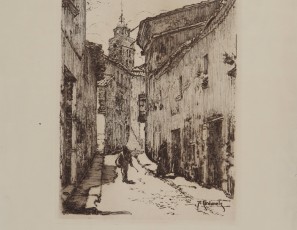
Street from Santa Coloma de Farners
-
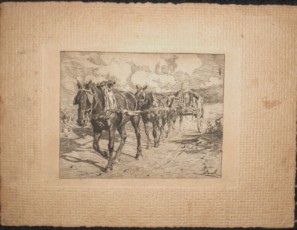
Cart pushed by horses
-
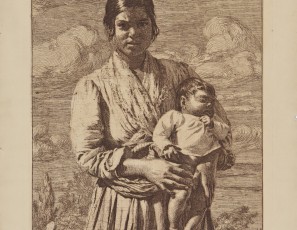
Gipsy with a child
-

Sunday
-

Man and dog
-

Three Graces (proof of state)
-

Three Graces
-

Three Graces (N. 2)
-
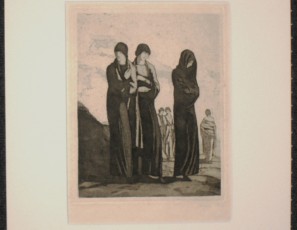
Three Graces (N. 2)
-
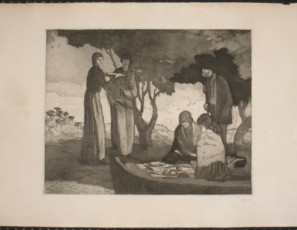
Snack in the boat
-
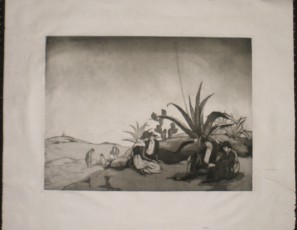
Agave
-

The mourning (Three girls)
-
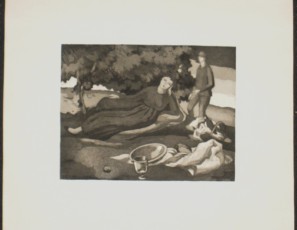
Still life with figures
-
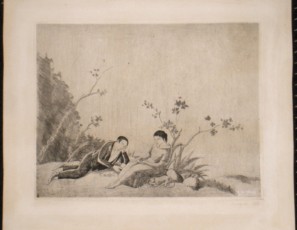
The reading
-
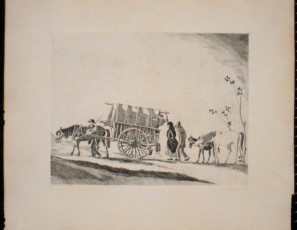
The caravan
-

Dismembered tree
-
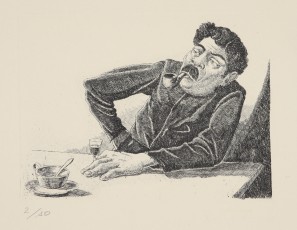
La Pipa
-
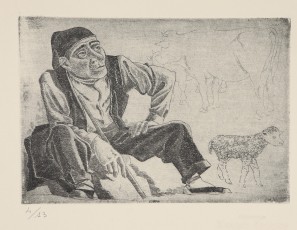
Farmer
-
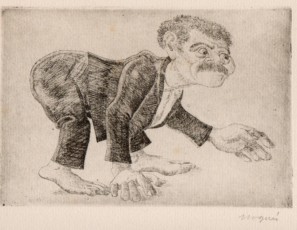
Man dog
-

Little horses
-

Scene of war
-

Good fallin
-
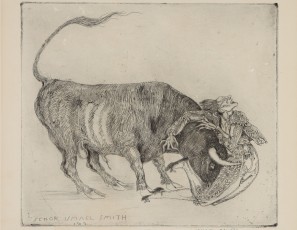
Gored
-
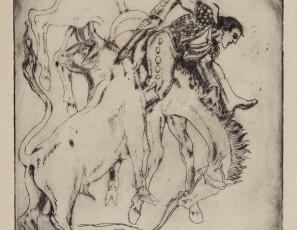
Hormigón
-

Sur l’aire
-
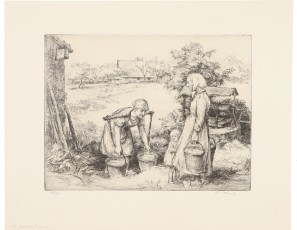
Les porteuses d’eau
-

Sous les falaises de Vareugeville
-
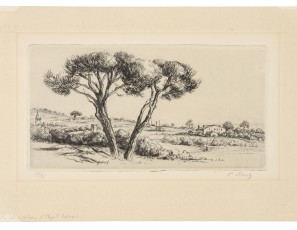
Les deux pins (Pay. d’Espagne)
-

Vue de Pourville (près de Dieppe)
-
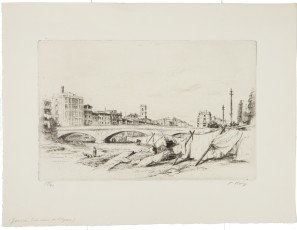
Gérone (Les rives de l’Ognar)
-

Le chair de foin
-
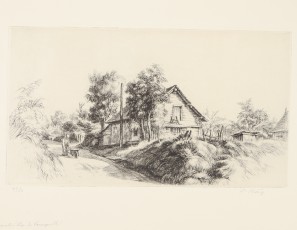
L’homme à la brouette (Varengerille)
-

Le char de foin attellé
-

The hiker
-

Saint George
-
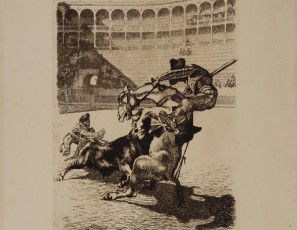
Bullfight scene
-
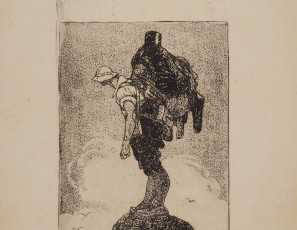
The hiker
-
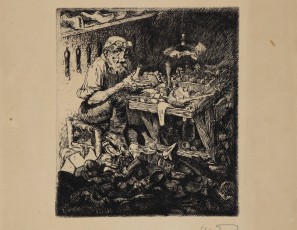
The shoemaker
-

Self-portrait
-
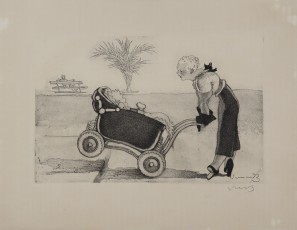
Mother with a child in a cradle
-

Saint George
-

Dancer
-

Naked woman. Bather
-

Rural landscape
-

Confidence
-
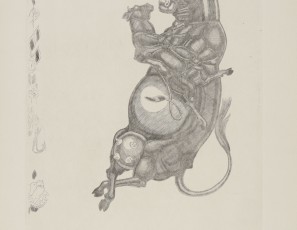
Nanny
-
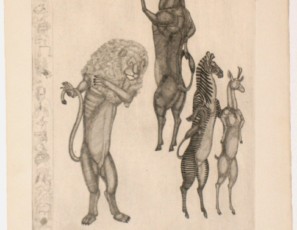
Lion, bull, zebra and antilope
-
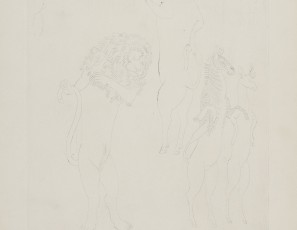
Lion, bull, zebra, antelope
-
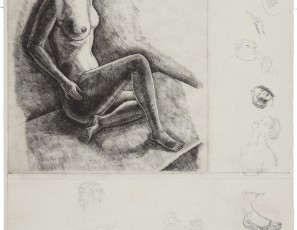
Naked woman combing
-
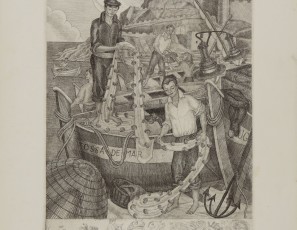
Beach afternoon. Tosa de mar
-
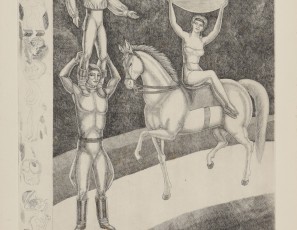
Troupe
-
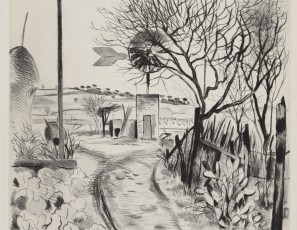
Mill wind
-

Altafulla’s landscape
-
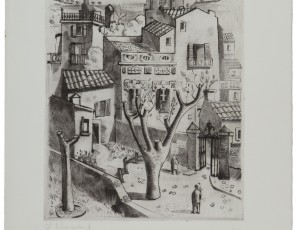
Vallcarca
-
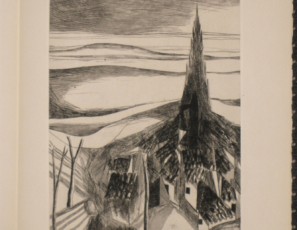
Village
-
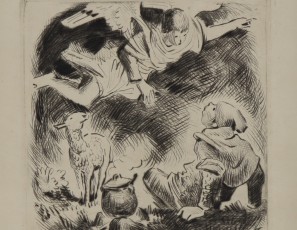
Anunciation to shepherds
-
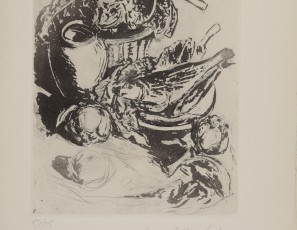
Kitchen table
-
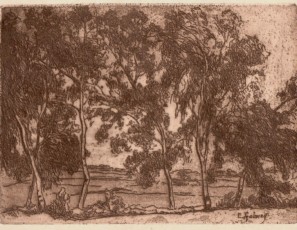
Landscape with trees
-
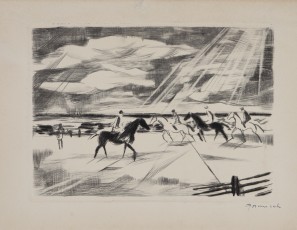
Landscape with horses and jockeys
-
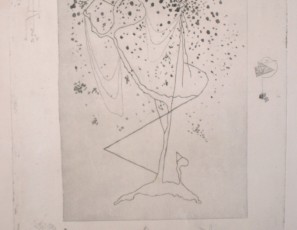
Composition
-
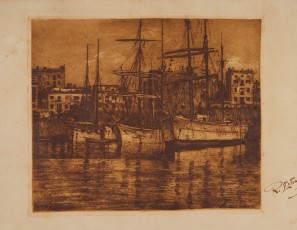
Naval landscape. Barcelona
-
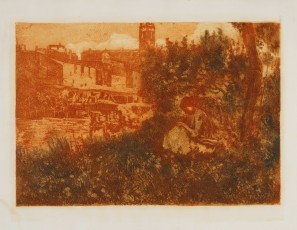
Rural landscape
-
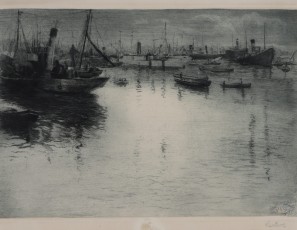
Boats in the port
-
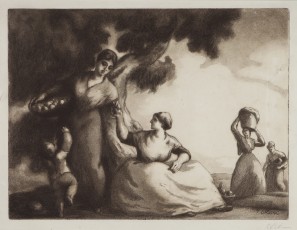
Scene with figures
-
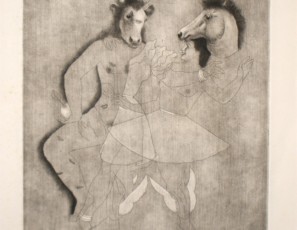
Luxury and chastity
-
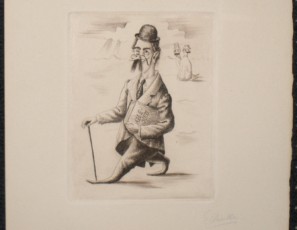
Character
-
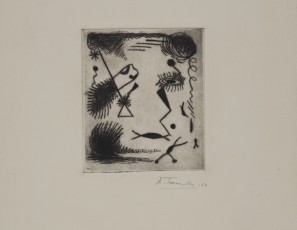
Without title

